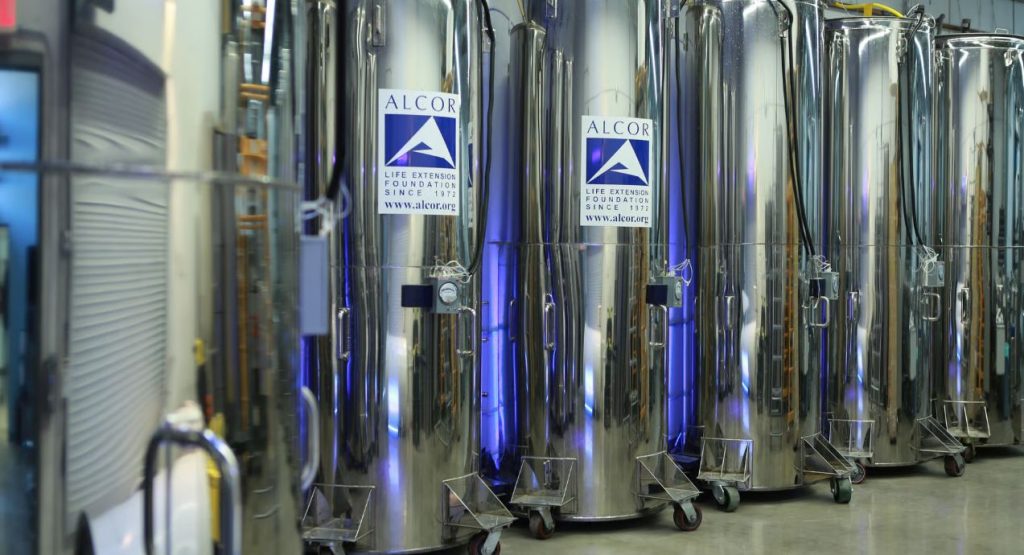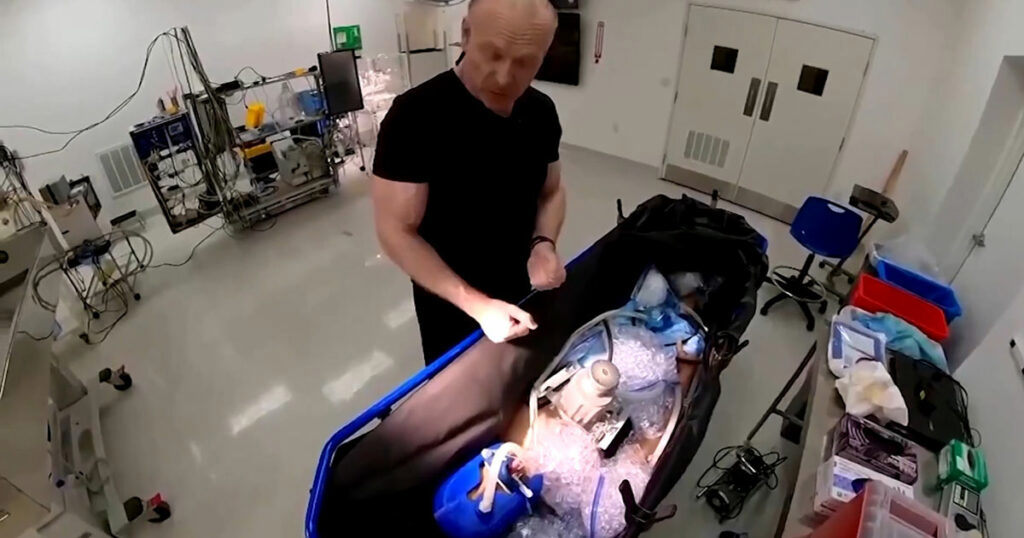In 1967, a psychology professor named James Bedford became the first person to be cryogenically preserved after legal death. Faced with terminal kidney cancer, he opted to have his body frozen immediately after he passed away. Bedford’s decision wasn’t made for spiritual reasons he simply believed that future medical advancements might allow his revival.
An Unconventional Team and a Bold Plan
Bedford’s freezing was carried out by a small, passionate cryonics group led by a TV repairman, Robert Nelson, along with a physician and a biophysicist. They scrambled together resources, adapted existing science, and carried out the procedure using methods that, though primitive by today’s standards, were pioneering at the time. After his heart stopped, they injected him with a chemical solution meant to slow the damage caused by freezing. Then they packed his body into dry ice and later moved him into a capsule cooled with liquid nitrogen, holding him at ultra-low temperatures.

A Risky Gamble on the Future
The freezing took place under conditions that many would now call amateurish, but for Bedford, it was a calculated bet. He understood that technology in his day was nowhere near capable of reviving him, but he also firmly believed that future breakthroughs might change that.
The team behind his preservation was driven by hope, not by any guarantee — they were trailblazers pushing into uncharted scientific territory.
The Journey Through Time
Once cryopreserved, Bedford’s body did not immediately find a stable home. It was stored at several makeshift or early cryonics facilities.
He remained frozen as the cryonics movement evolved, its technology slowly improving. In 1991, his remains were transferred to a more formal facility, where he has stayed in liquid nitrogen ever since.
Over decades, he became something of a symbol — not just of defiance of death, but of the deeper hope that science might one day achieve the impossible.
Scientific and Ethical Controversies
Bedford’s freezing sparked intense debate. Critics argued that the techniques used were too primitive, and that freezing itself could cause irreparable damage to brain tissue.
Others questioned whether cryonics was realistic or ethical. Were these “frozen people” being respected as patients, or were they merely participating in a speculative science experiment? Meanwhile, cryonics supporters believed that patience and future technological progress could vindicate Bedford’s bold decision.
Legacy and Influence on Cryonics
Though his preservation remains unproven in terms of revival, Bedford’s legacy is enormous. He became the first “cryonaut,” and his case fueled growth in the cryonics movement.
His choice inspired others to explore cryopreservation as a serious, long-term commitment — not just a science fiction dream. Innovators in the field point to Bedford’s case as the spark that launched decades of experimentation, debate, and dreams of one day reversing death.

A Frozen Hope That Echoes Today
Today, Bedford’s frozen body remains housed in a liquid nitrogen vessel. His story still stirs wonder, skepticism, and philosophical questions about mortality. He may never be awakened — but his bold gamble continues to provoke thought: what if death is not the final boundary? For many supporters of cryonics, Bedford’s preservation is not just a feat of fringe science; it is a tangible expression of hope, patience, and the belief that the future might one day deliver what his world could not.

















